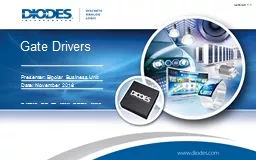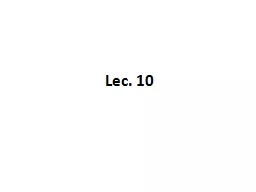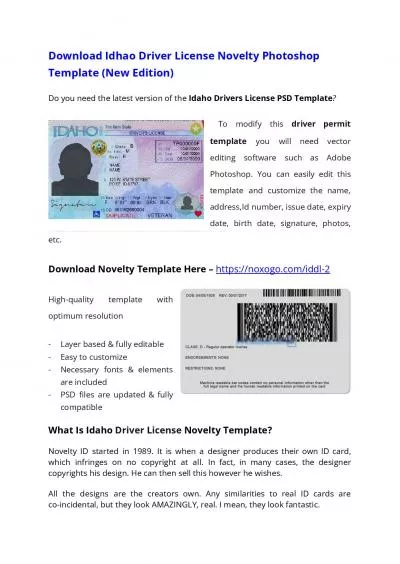PPT-Gate Drivers Presenter: Bipolar Business Unit
Author : lois-ondreau | Published Date : 2019-12-29
Gate Drivers Presenter Bipolar Business Unit Date November 2018 Version 11 Selection andor Designin Criteria How many inputsoutputs required from the Gate Driver
Presentation Embed Code
Download Presentation
Download Presentation The PPT/PDF document "Gate Drivers Presenter: Bipolar Business..." is the property of its rightful owner. Permission is granted to download and print the materials on this website for personal, non-commercial use only, and to display it on your personal computer provided you do not modify the materials and that you retain all copyright notices contained in the materials. By downloading content from our website, you accept the terms of this agreement.
Gate Drivers Presenter: Bipolar Business Unit: Transcript
Download Rules Of Document
"Gate Drivers Presenter: Bipolar Business Unit"The content belongs to its owner. You may download and print it for personal use, without modification, and keep all copyright notices. By downloading, you agree to these terms.
Related Documents














